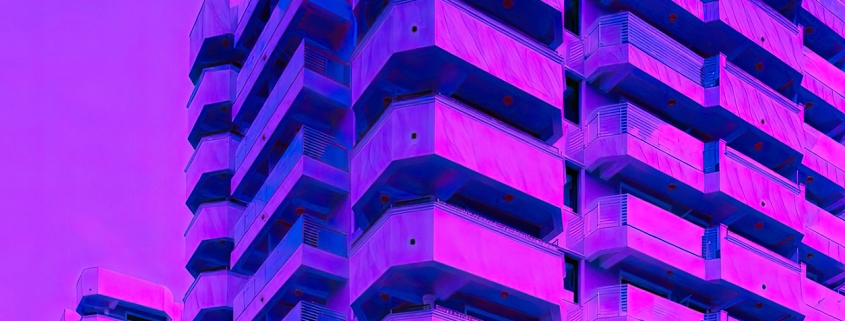MEGA IMAGES
Juliane Eirich
Curator: Cristina Moraru
TEXT
The title of Mega Images exhibition, not so much an attribute describing the photographs on display, but rather a confessional reflection about uncovering false appearances, establishes a reference to the supermarket chain Mega Image. Living in Iasi for three weeks, Juliane Eirich discovers with surprise that Mega Image is in fact a supermarket and not a photography studio, a print shop or a studio for image processing. Despite her discourse directed against the globalization of the commodity market, visiting the Mega Image supermarket becomes part of the artist’s daily routine, reiterating the words of author Lavinia Braniște: I thank god that Mega Image exists in my life!
Juliane Eirich investigates ways of inhabiting a space, tracing conceptual relations between nature − as the signifier of a cosmic constitution that resides in every lived experience − and the urban environment, as the dynamic interstice of an annular causality that perpetuates standardized beliefs and behavioral typologies. By photographing the shadow of Sfinții Trei Ierarhi monastery cast over a residential building, Juliane Eirich captures the essence of the local identity constitution over which the ‘shadow’ of religiosity governs. In a Derridean reading, living in the shadow of Three Holy Hierarchs monastery refers to the spectrality of Orthodox faith, constituted as that which is never present in itself, but can be sensed at the level of its absence. For Derrida spectrality is neither substance, nor essence, nor existence, but it is what establishes the politics of memory and cultural heritage.
The photograph of Three Holy Hierarchs monastery’s shadow refers to the problematization of absence felt at the level of the ambiguity generated by alternations between presence and absence. The outline of the monastery, so deeply rooted in the collective mind, can be recognized in this photograph, but it retains a certain ambiguity found in the ‘undecidability’ of its shadow. In other words, although the monastery is missing as a representation from this image, its absence is not constituted as a lack of presence − identifiable at the level of its signification − but as a terrain of ‘undecidability’. For Derrida, ‘undecidability’ describes inflections of the relation between presence and absence, between what is unhidden and what remains hidden, in a manner that reconsiders the origin of any system of signification. In this sense, Juliane Eirich challenges us to reflect upon the significance attributed to the shadow of the Sfinții Trei Ierarhi monastery as that which remains hidden at the level of visual representation despite the fact that it constitutes a significant presence in the city of Iași.
In fact, many of Juliane Eirich’s photographs for the Mega Images exhibition are metaphors for the absence of human presence, the ambiguities between presence and absence drawing conceptual correlations between different types of instantiations that problematize the future of humanity, ecology or history. The photography of the crumbling terrain in the botanical garden sends to a possible apocalyptic scenario of the disappearance of humanity, with nature taking over the entire urban territory and destroying the city infrastructure. In a similar manner, the empty stadium, the conference room photographed at the end of the working day, the abandoned glass panel found on a street in Iași, the petrified stairs under a diffused light describe a different kind of time, a suspended time, constituted differently from the accelerated time of our actuality, a time subtracted from the logic of capitalism, a time of reflection, an alternative time of inhabitation, a time that reduces daily activity to a minimum in order to facilitate the flow of thought. In many of the photographs, human presence remains only insinuated by the relations drawn between light and dark, exterior and interior. As a symbol of inhabitation, the lit light not only signals human presence, but also describes typologies of behavior that can be intuited by interpreting the intensity of light, its temperature or its color.
The Mega Images exhibition starts a collaborative process, which will be deepened in the future, between Juliane Eirich and Lavinia Braniște, author of the novels ‘Interior zero’ and ‘Sonia raises her hand’. Juliane Eirich’s photographs find their complementarity in Lavinia’s confessional writing, the collaborative initiative being a gesture of self-reflexivity that seeks possible cognitive-emotional intersectionality with reference to the experience of living in the same space.

